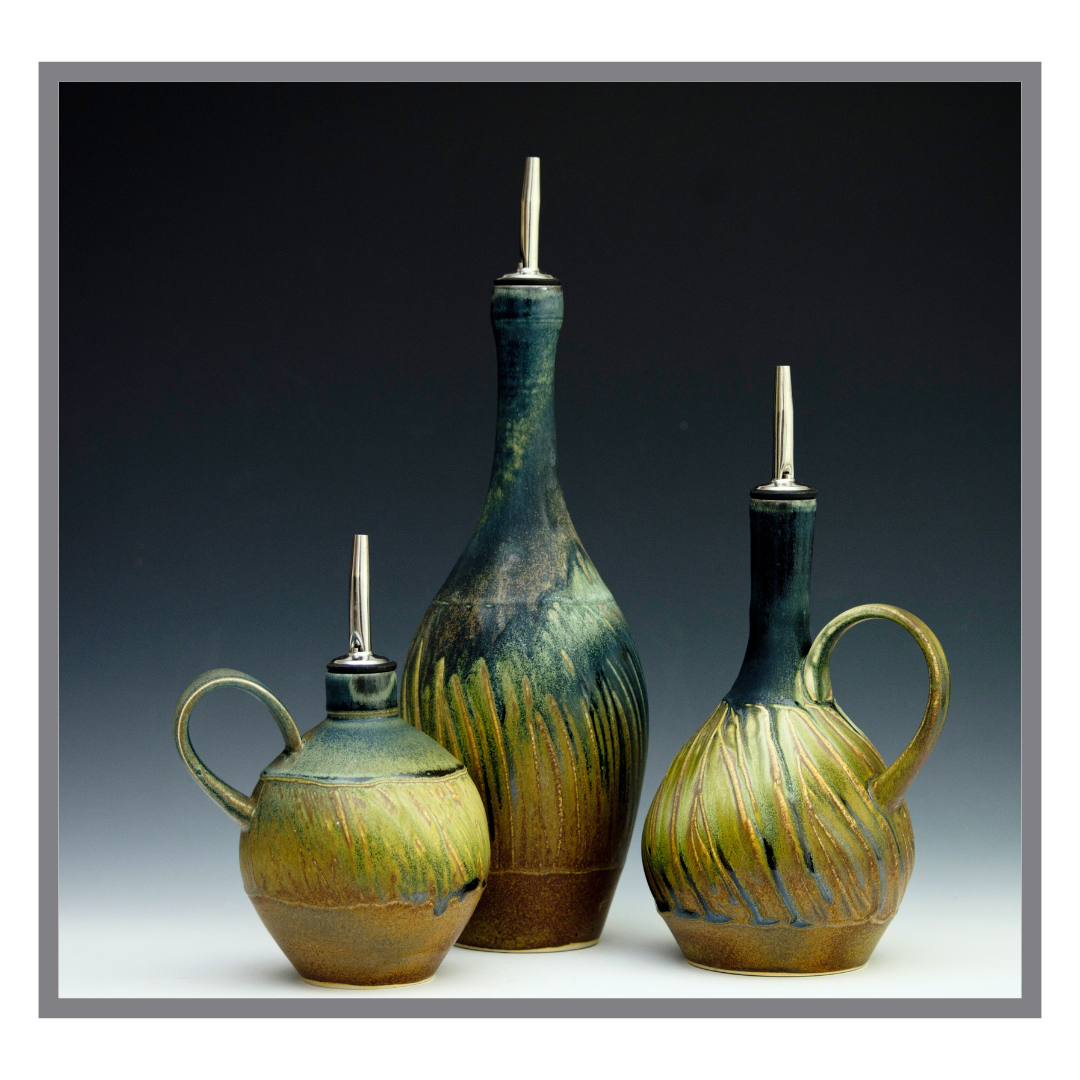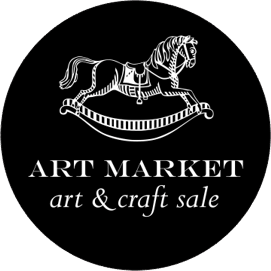DUNCAN TWEED CERAMICS
Categories: Pottery
“I was lucky enough to find ceramics when I was in high school. I immediately became enamoured by the tactile nature of the clay and the way working in clay requires you to fully immerse yourself in the moment. I took ceramics classes all through high school and by grade twelve was also working under a professional potter, Joseph Woodford.
Following graduation, I attended Northern Arizona University getting a Bachelor of Fine Arts emphasizing in Ceramics and a Bachelor of Science Business Administration emphasizing in Management. During my time there I was exposed to a variety of atmospheric firing techniques, with wood firing and soda firing gaining a majority of my focus. There was something magical about the serendipitous nature of the firing and the way the path of the flame can be recorded on each piece. The subtle transitions of color emphasized by the form and texture of the pot. These qualities became a benchmark that I strive to create in all of my work. After University I took a teaching position at a small community studio in Salmon Arm. BC. My time in the studio is divided between teaching, studio upkeep, and making my own work. I look forward to sharing that work with all of you this November.” – Duncan Tweed
Duncan’s current work can be broken into two distinct categories: functional and sculptural. Each category has its own style and purpose though they share similar methods of creation. The majority of his work is thrown on the potters’ wheel and sprayed with several glazes. This allows subtle transitions between colours and textures within each piece. His work is designed to be used daily as well as able to be displayed within the home.
His sculptural work pushes the boundaries of a vessel without function. Though wheel-thrown and hollow it would be, for the most part, impractical to use these forms for most material purposes. He creates these forms with the intention that they’re able to stand alone as works of art. He alters the form’s volume, shape, and texture to create a canvas on which to glaze. Through the glazing process, I create depth and contrast on the form through the use of multiple layered glazes, occasionally using more than six glazes on a single piece. Others are fired in atmospheric kilns, (wood, soda, or salt) which yield spontaneous and occasionally serendipitous results.

